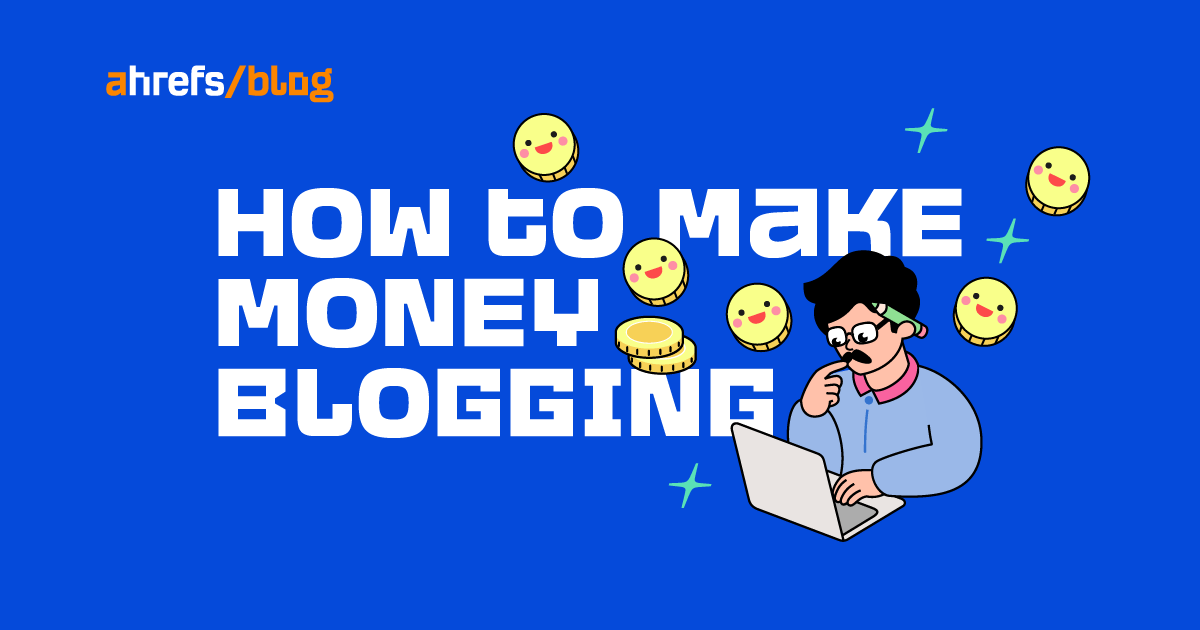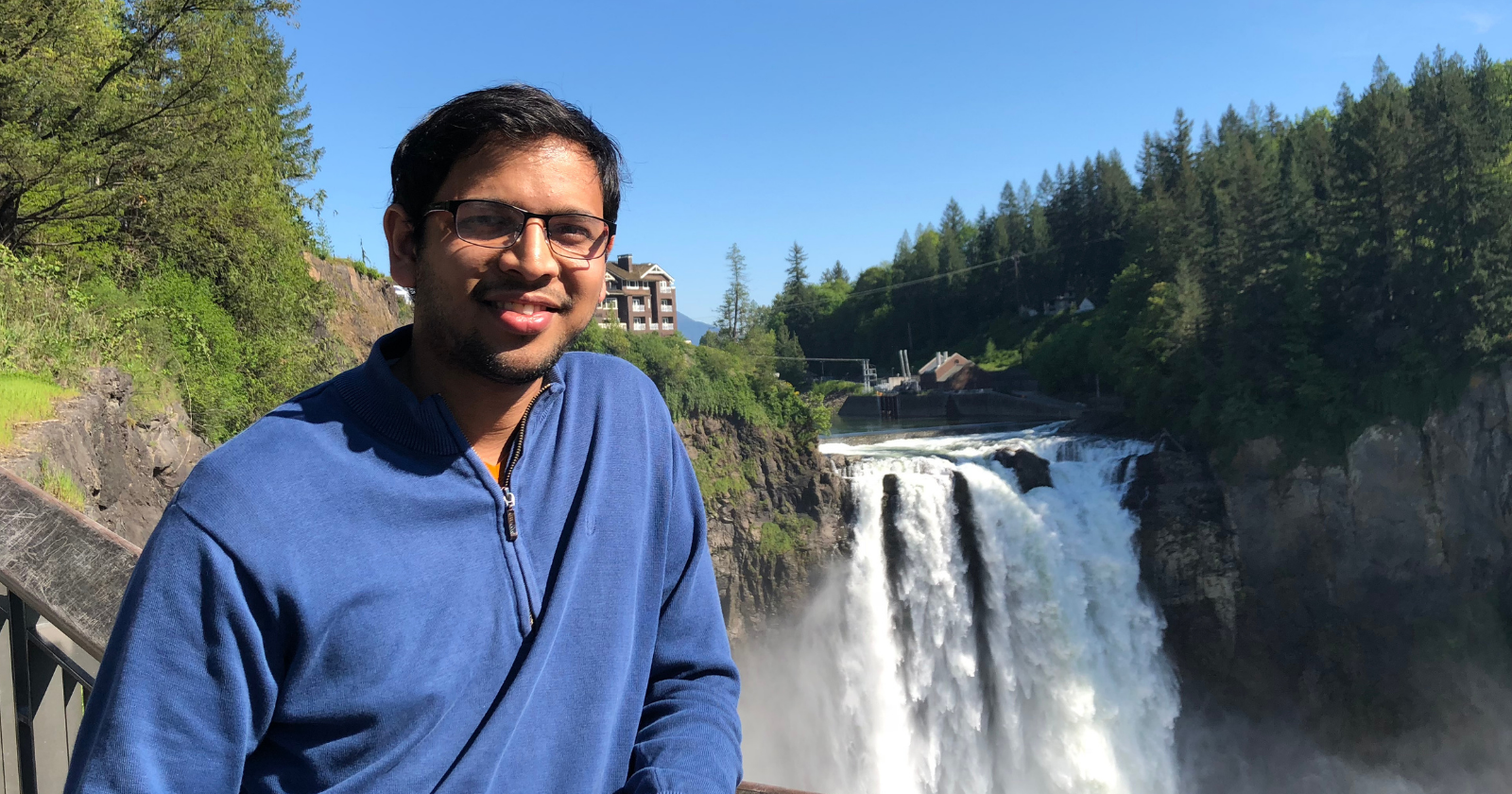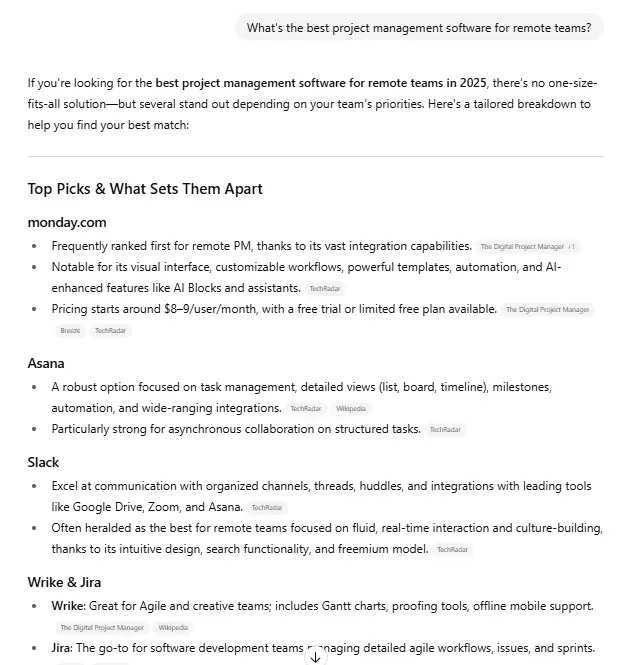Why Updating Images Can Backfire via @sejournal, @martinibuster
Google's John Mueller shares that indexing images is slow, which can negatively impact image heavy sites that update their images The post Why Updating Images Can Backfire appeared first on Search Engine Journal.

In a recent Google Office Hours, John Mueller offered feedback about how slowly Google indexes images and how that could be a problem if you’re making massive changes to thousands of images.
When asked what would help, Mueller noted that many of the solutions asked about would have no effect and that the only thing that provided meaningful help in getting new images indexed was a fast server response.
Updated Images Not Indexed For Months
The person asking the question gave an example of updating 50,000 recipe images and how that what happened next had a negative impact on the recipe site.
The person asked:
“If you have lots and lots of recipes indexed in the recipe gallery and you change the format of your images, as the metadata is refreshed, you might have 50,000 of the recipes get new metadata.
But there is a deferral process for actually getting the new images.
And it could be months before those new images have been picked up.”
He next shared that when you test in Search Console, search console reports back that there’s no problem, because it sees the images when it checks for it. But that doesn’t mean that the new and updated image is indexed, which it is not.
So search console provides a false reassurance that everything is fine.
He remarked how search console fails to indicate that the images are not yet indexed.
He said:
“And while they’re being harvested, you don’t see anything. There’s no warning about that.
…What it means is, you better not make any changes or tweaks to slightly improve the formatting of your image URL because if you do, you disappear.”
Google is Slow to Re-Index Images
Mueller answered:
“Probably what is happening there is the general crawling and indexing of images, which is a lot slower than normal web pages.
And if you remove one image URL and you add a new one on a page, then it does take a lot of time to be picked up again.
And that’s probably what you’re seeing there.”
Redirect Old Images
Mueller next suggested redirecting old image URLs to the URLs of the new images.
Mueller suggested:
“What we would recommend in a case like that is to redirect your old URLs to the new ones, also for the images.
So if you do something like you have an image URL which has the file size attached to the URL, for example, then that URL should redirect to a new one.
And in that case, it’s like we can keep the old one in our systems and we just follow the redirect to the new one.”
Image Sitemaps Won’t Speed Up Image Indexing
The person asking the question asked if an image site map would speed up Google Images indexing of the new images.
Mueller responded:
“I don’t think so.
I think it could help us to understand which ones we need to pick up.
But we have to recrawl the web page anyway.
And the image would only drop out if we have recrawled the web page with a new image URL attached to it.
So it’s… I don’t think it would speed that up.
It would be more useful if you’re documenting the stable state.
Then that sitemap file with the image URLs would help.
But if you’re making a change by changing all the image URLs, I don’t think the sitemap file will change anything there.”
Google’s own Search Central Image Map documentation doesn’t make much claims about the helpfulness of image sitemaps.
The only thing it says about site maps is that they can help Google discover images that are hidden from Google for technical reasons.
From Google’s Image Sitemap Help page:
“Add images to an existing sitemap, or create a separate sitemap just for your images. Adding images to a sitemap helps Google discover images that we might not otherwise find (such as images your site reaches with JavaScript code).”
Fast Server Response is Helpful for Indexing
Mueller said that what would be helpful for indexing is a fast server response.
He said:
“And obviously, if it’s faster, it’s easier for us to request a lot of URLs.
Because otherwise we just get bogged down, because we send… fifty Googlebots to your site at one time and we’re waiting for responses before we can move forward.”
Updating Thousands of Images Can Backfire
The big takeaway is that updating images can cause a drop out in Google for the old images with no replacement as it could take months for Google to index the new pages.
John Mueller suggesting a fast server response and using redirects from the old image URLs to the new image URLs to help speed up the indexing.
Citation
Image Indexing is Slower Than Web Page Indexing
Watch at 50:47 Minute Mark

 UsenB
UsenB 































